Three cenotes in Tulum that were supposed to close due to contamination issues have remained open, against the demands of Quintana Roo’s health officials. Studies conducted by the Directorate for Protection against Sanitary Risks of Quintana Roo (COFEPRIS) found high levels of water contamination in recent weeks, including the harmful Escherichia Coli bacteria (commonly known as E.Coli). Tourists are being warned to avoid these cenotes to minimise the risk of getting ill.
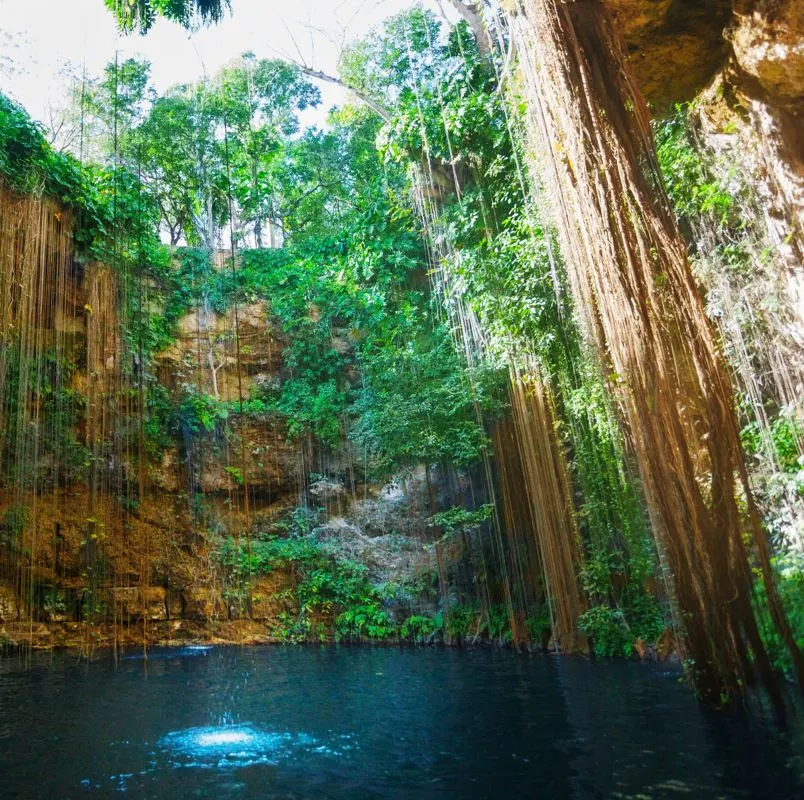
COFEPRIS initially held a meeting with municipal and state water agencies in early July, where they announced the result of water purity tests carried out in June. The Calvera cenote, the Casa Cenote and the Cristal Cenote were all tested for certain bacteria and diseases, to ensure the safety of tourists who decided to visit. The test confirmed the authorities’ worst fears, as all three cenotes exceeded the healthy limit of bacteria, which could make tourists very ill if they ingest the water.
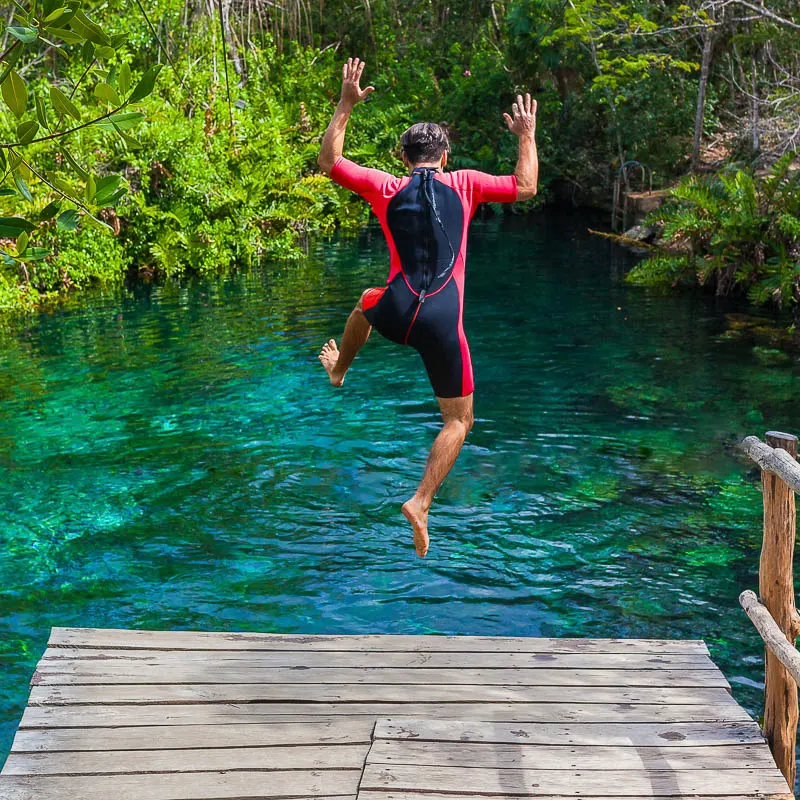
The Cristal Cenote is located along the 307 highway and is popular with tourists visiting Tulum, or its surrounding areas. The Calvera Cenote is an incredibly popular attraction with tourists and is globally famous for its skull-shaped caves. Finally, whilst the Casa Cenote is the lesser-known of the three, it is frequented by tourists who want to snorkel in a unique environment, conveniently located 10 kilometres away from Tulum.

As a result of the study, all three cenotes were ordered to close by officials: Vasquez Burgos, the head of the Environmental Sustainability Directorate, stated that the three contaminated cenotes would close for at least one week to de-contaminate the water. Unfortunately, all three cenotes remained open, in a direct violation of these orders.
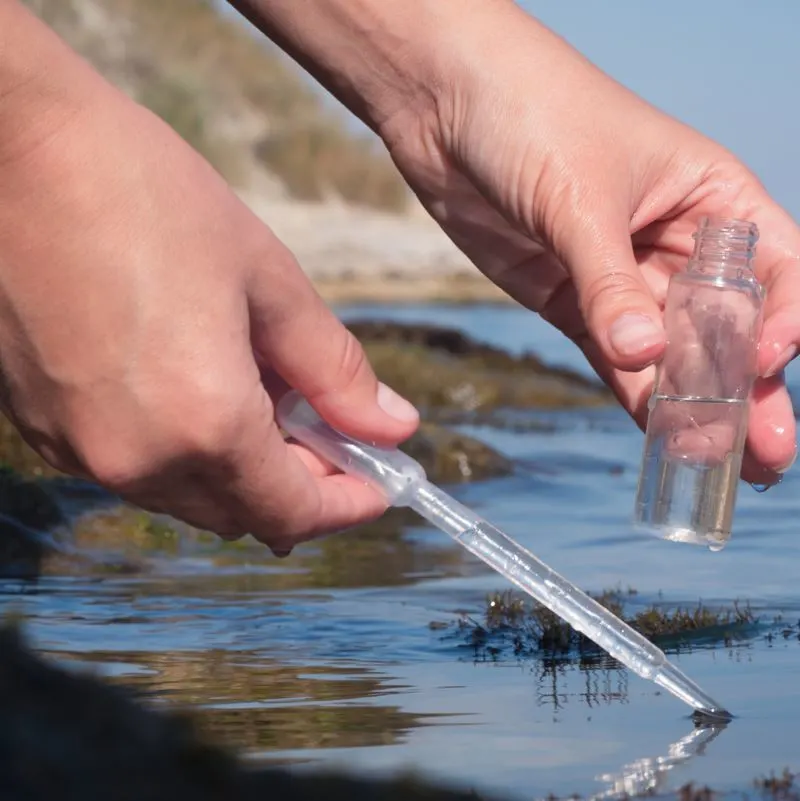
As of August 24th, water purity officials found all three cenotes to be operating normally, with no signage to indicate the health risks associated with swimming in the water. This has prompted agencies such as the Tulum Environmental Sustainability Directorate and the Quintana Roo Sanitary Risk Protection Directorate to contact the cenotes in question and ask why they are determined to put the health of tourists at risk.

Alongside these three sites, COFEPRIS found that 10 of 18 freshwater lakes and cenotes in Quintana Roo have also exceeded the level of healthy bacteria, and would also need to close for decontamination. These cenotes are located in the municipalities of Solidaridad, Bacalar and Othon P. Blanco. At this moment in time, more pressure is being placed on the Calavera, Casa and Cristal cenotes, as these are the most popular with international tourists.
Asides from E.Coli contamination, many popular cenotes also face high levels of plastic and rubber pollution due to human activity. This has occurred due to the high volume of tourists choosing to visit cenotes over beaches this summer, as there has been a high frequency of sargassum seaweed washing up on Quintana Roo’s pristine shores.
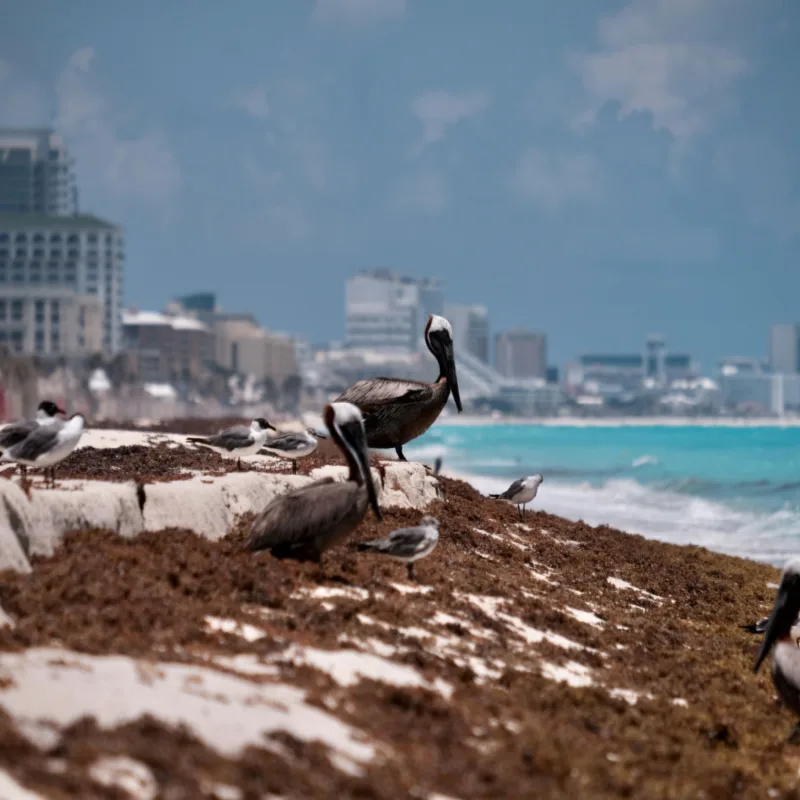
Despite the summer season drawing to a close, there are still several international tourists travelling to the Mexican-Caribbean to visit these cenotes. To avoid getting sick from E.Coli bacteria whilst beating the crowd, tourists are encouraged to visit alternative cenotes or lakes in the region.
The Mexican-Caribbean is world-renowned for having multiple bodies of water to swim, dive and snorkel in.
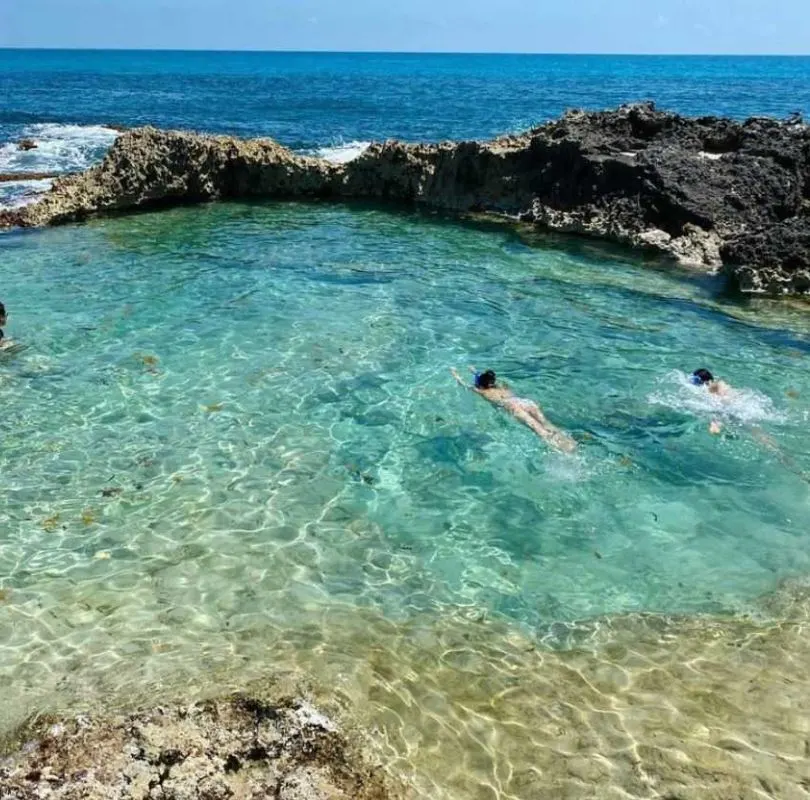
Two excellent alternatives include Cenote Choo-Ha near the Coba Archaeological Ruins and the Xcacelito Cenote, adjacent to Xcacel’s Protected National Park. Tourists could also visit ‘La Piscina Del Rey’, a natural outdoor pool, created from a circular reef.
As always, visitors are encouraged to stay away from the contaminated cenotes and call emergency services if an individual becomes unwell after swimming.
Plan Your Next Cancun Vacation:
Traveler Alert: Don’t Forget Travel Insurance For Your Next Trip!
Choose From Thousands of Cancun and Riviera Maya Hotels, Resorts and Hostels with Free Cancellation On Most Properties
↓ Join the community ↓
The Cancun Sun Community FB group has all the latest travel news, conversations and tourism Q&A’s for the Mexican Caribbean

Subscribe to our Latest Posts
Enter your email address to subscribe to The Cancun Sun’s latest breaking news affecting travelers, straight to your inbox.
